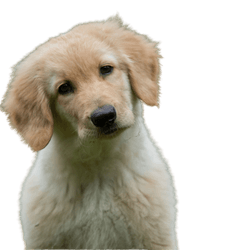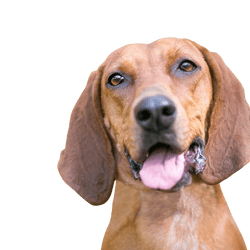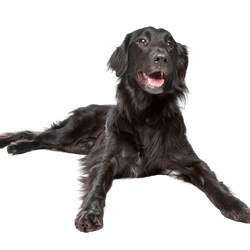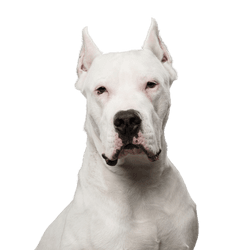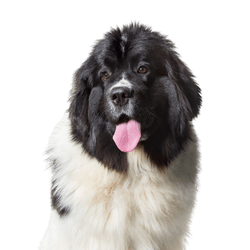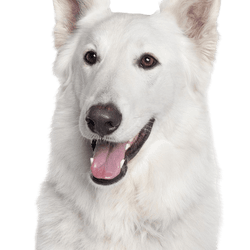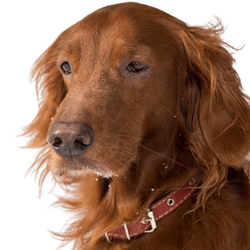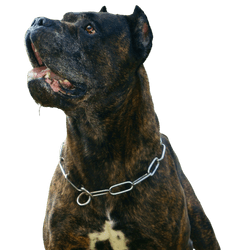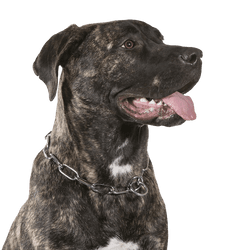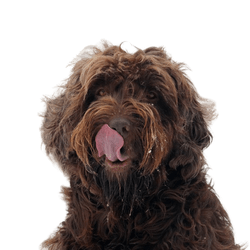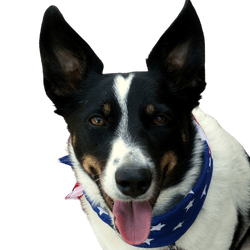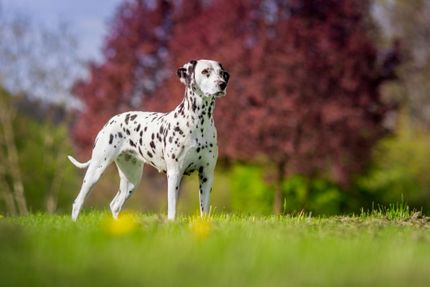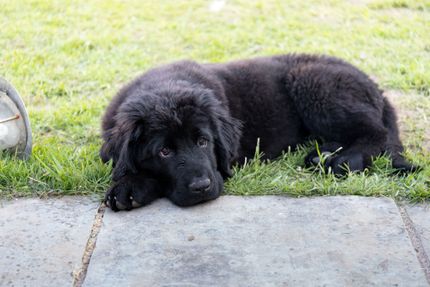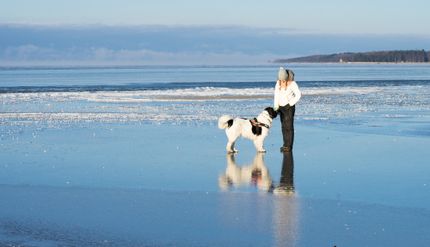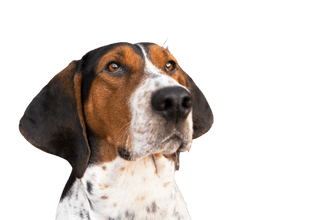
Treeing Walker Coonhound Breed description: Character & Co
Treeing Walker Coonhound
Facts & Origin
The Treeing Walker Coonhound is a real American from the southern states.
What do you have to consider as a dog owner?
-
The Treeing Walker is not made to be left alone or locked up.
-
He needs a lot of exercise and attention
-
His education requires experience with dogs
-
You cannot force the Treeing Walker to obey. He does not like orders! You have to train him with patience, perseverance and rewards!
What is the origin of the Treeing Walker Coonhound?
He was bred in America to track raccoons as well as opossums and drive them up trees where he barks at them.
The term coon is short for raccoon. The opossum belongs to the marsupial family (size of a domestic cat) and is found exclusively in the USA.
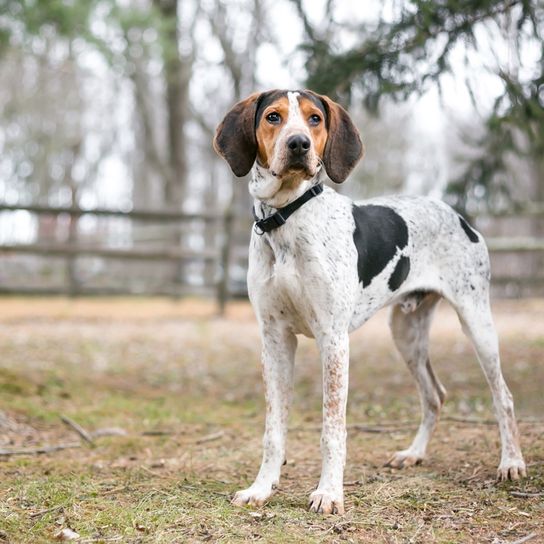
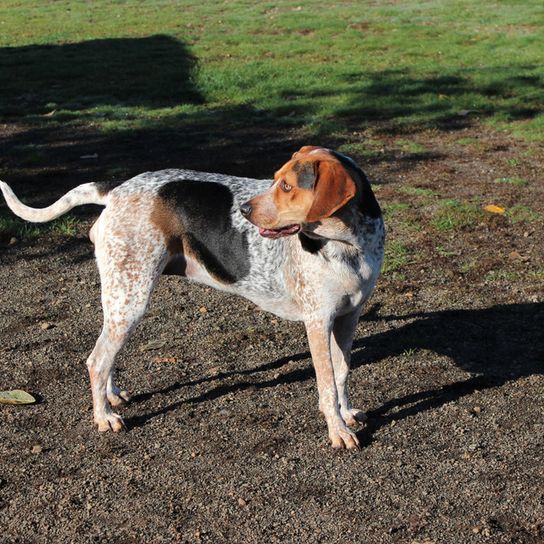
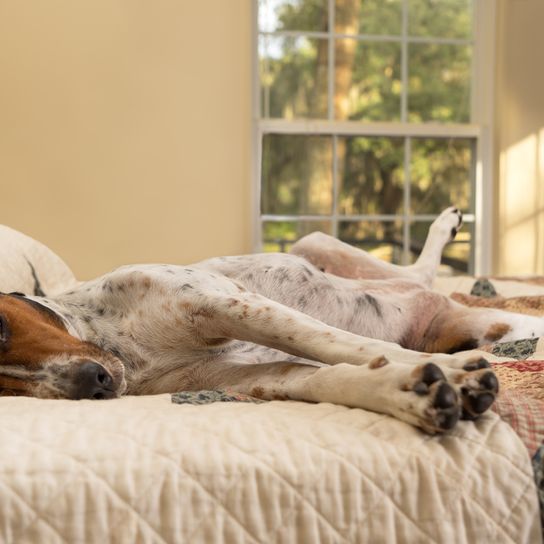
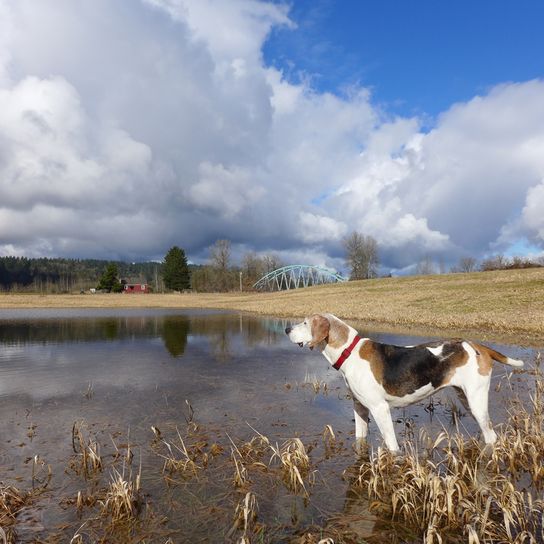
| Alternate Name | Treeing Walker |
| Origin | USA |
| Life expectancy | 10 - 12 years |
| Care requirements | low-maintenance |
| Activity level | high |
| FCI group | not recognised |
| AKC group | Hound Group |
| KC group | not recognised |
Attitude, character and temperament of the breed
What are typical character traits of the Treeing Walker?
-
Clever, brave, open-minded, friendly, attentive
-
Likes to romp in the garden with the family
-
Initially reserved towards strangers
-
After a short period of adaptation, the original reserve turns into sympathy; curiosity wins out.
-
Therefore the TWC is less suitable as a guard dog.
-
He is adaptable towards other dogs (important for hunting).
Character
Usage
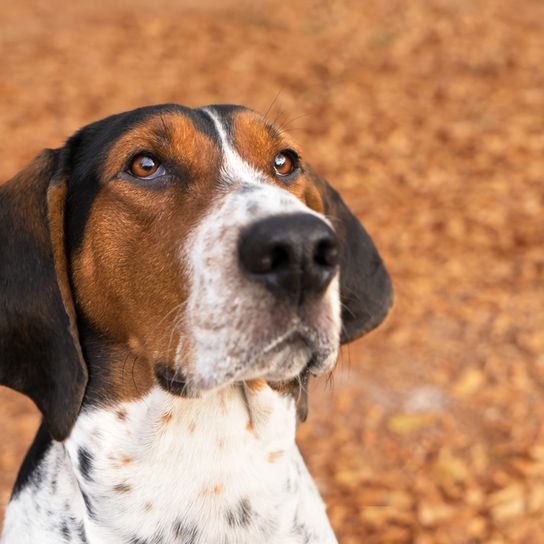

Health and breeding information
What are typical diseases of the Treeing Walker?
Typical diseases of the breed are not known. However, there is one exception to which the animal is not immune:
That is hip dysplasia (HD). Breeders are advised not to use animals with HD for further breeding. This also succeeds to a large extent.
The Treeing Walker is a dog with a very big appetite. Therefore you as a dog owner have to adjust the dog food accordingly and keep the enormous hunger of your dog in check, so that the TWC keeps his ideal weight (in order to protect heart and joints).
What does the Treeing Walker cost?
You have to assume an approximate value of at least 1000 €. The final price depends on the breeder you choose.
Where can I find breeders for the TWC?
If you are looking for a list of breeders of this dog breed, please go to: Breeders/Puppy Search
What should I consider when breeding the Treeing Walker?
The Treeing Walker is a dog with two souls. He distinguishes between work (hunting) and leisure (family).
First and foremost, the breeder is governed by the extensive breed regulations of the FCI.
FCI means Fédération Cynologique International. It is an association that establishes the breed rules and regulations for domestic dogs. Excerpt:
- Breeding
- Education
- Behaviour
- Care
- Diseases


What are the breed characteristics of Treeing Walker?
Trademark:
- muscular and slender
- Beautiful, successful proportions
- Height at withers is in proportion to overall appearance
- Long floppy ears set to the side at eye level.
- tan markings on head, body and legs
- Alert, attentive looking, brown eyes
- Strong tail reaching to the hocks.
- Muscular legs and strong paws allow for ground-covering locomotion.
- Unstoppably stubborn in pursuit of a picked up scent
- Sharp nose, extreme endurance and speed
What is the Treeing Walker's appearance and coat like?
The black coat is short and very dense. It protects the Treeing Walker on the hunt from nightly and - depending on the season - severe cold. It also tolerates hot summers without any problems.
Raccoons prefer to hunt at night.
How big does a Walker Coonhound get?
-
Males:
63,5 bis 68,5 cm -
Bitches:
58 bis 63,5 cm
How much does a Treeing Walker weigh?
The Treeing Walker must weigh at least 25 kg.
Maximum weight: 34 kg. You as the dog owner are responsible for the strict observance of this weight, because it can have a negative effect on possible HD (hip joint dysplasia).
How old does the dog become
The life expectancy is 10 to 12 years.
| Fur length | short |
| Fur | flat coated |
| Ear shape | Floppy Ear |
| Tail | lang |
| Anatomy | muscular, slim |
| Size ♀ | 58 - 63 cm |
| Weight ♀ | 20 - 25 kg |
| Size ♂ | 53 - 68 cm |
| Weight ♂ | 25 - 34 kg |
| Suitable For | - |
Colors
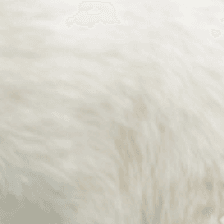

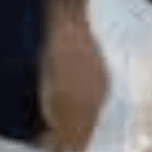



Known Diseases
Hip dysplasia (HD)
The hip dysplasia or hip joint dysplasia of the dog (HD) is a maldevelopment of the hip joint.
Overweight
Often, unfortunately, the dogs very much under excess weight. But the dogs themselves are never to blame!
Other large dogs
Useful Articles
You can find articles that might interest you in the dogbible blog to match your favorite breed.
Visit our magazineto stay up to date on dog trends.
To find out more, view our Privacy Policy
Find here the breed that suits you and find out what character traits it has. Here you can also learn more about the origin, size and weight of your favorite breeds.
Matching your favorite breed, you'll find articles that might interest you on the dogbible dog blog.
Gestation dog - everything about pregnancy in dogs
How to introduce dogs and cats - With these 3 tips it succeeds
Hip joint and elbow dysplasia in dogs
